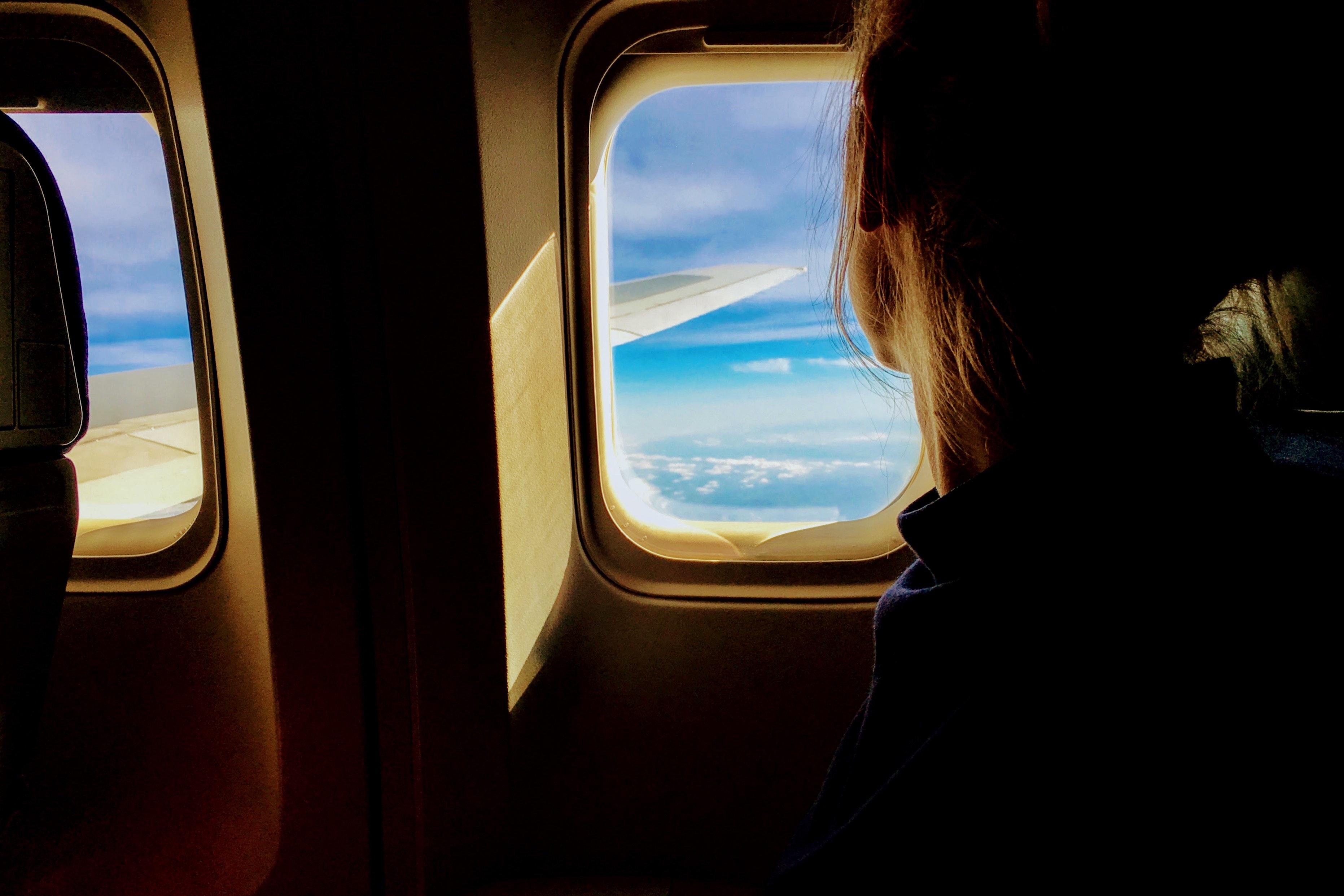In the present day, healthcare travel is a booming and popular option for medical professionals looking to make the most of their talents while simultaneously seeing new places and adding to their skill set.
The field wasn’t always so glamorous, however. We’ll be taking a glimpse into the past to learn about how it all kicked off, evolved, and where it might be heading in the future.
Where It All Began
First, we’ll head back to the 1970s, where you might say the seeds of the healthcare travel concept in its modern form were first planted. An organization known as the Health System Research Institute (HSRI) was curious about how they could entice health practitioners to work in traditionally underserved rural areas.
After receiving a grant to explore the topic, they discovered that the “hook” for many was guaranteed time off. From this study, they formed one of the first groups of doctors willing to accept temporary travel assignments, laying the groundwork for what was to come.
How It All Started for Travel Nursing
.png) Now, how did the idea of healthcare travel form in relation to nursing? To answer that, we can again visit the 1970s, specifically, 1978, when a shortage of nurses during Mardi Gras prompted the city to contract nurses from out of town to help deal with the increased number of patients they were receiving.
Now, how did the idea of healthcare travel form in relation to nursing? To answer that, we can again visit the 1970s, specifically, 1978, when a shortage of nurses during Mardi Gras prompted the city to contract nurses from out of town to help deal with the increased number of patients they were receiving.
This successful experiment provided a framework, showing that contracting nurses for short-term assignments was both possible and effective, and when nursing shortages and increased seasonal demands became more prevalent in the 80s and 90s, hospitals from other communities took the lessons learned from New Orleans to heart, bringing in their own squads of contract travel practitioners to help fill their staffing needs.
The Appeal and the Future of Healthcare Travel
The nursing shortage, as you may already know, hasn’t changed in the decades following travel nursing’s inception. In fact, in the US, the need for nurses is expected to grow in coming years, perhaps as far ahead as 2030, due to the Baby Boomer generation reaching a more advanced age.
Because of this need, the nursing trade, and healthcare in general, will likely continue to see strong job growth through 2024, with the total number of registered nurses projected to increase to 3.2 million (up from 2.7 million in 2014). And that’s not the only factor at play. As nurses retire, the need to replace parts of the current generation of nurses will grow, and the total number of new nurses need to fulfill the nation’s need could be as high as 1.09 million by 2024.
Tying back to our earlier examination on the roots of healthcare travel, the need for nurses in smaller, rural areas (particularly in the South and West) means healthcare travel will be as important as ever. Thankfully, healthcare travel has quite a bit going for it to attract new professionals to the ranks.
In addition to the compensation, benefits, and opportunity to see new locales, the arrival of the digital age has made working on the go easier than ever before, opening the door for those who might have found the process too intimidating in earlier eras. For now, and the foreseeable future, healthcare travel will be a booming industry, filled with opportunity for skilled pros.

With the demand and appeal of healthcare travel on the rise, you might find yourself curious about how to get involved? For that, we encourage you to check out our Healthcare Travel Guide to learn more about what being a healthcare traveler is like, and refer to our travel nurse jobs page to discover what kinds of opportunities await.